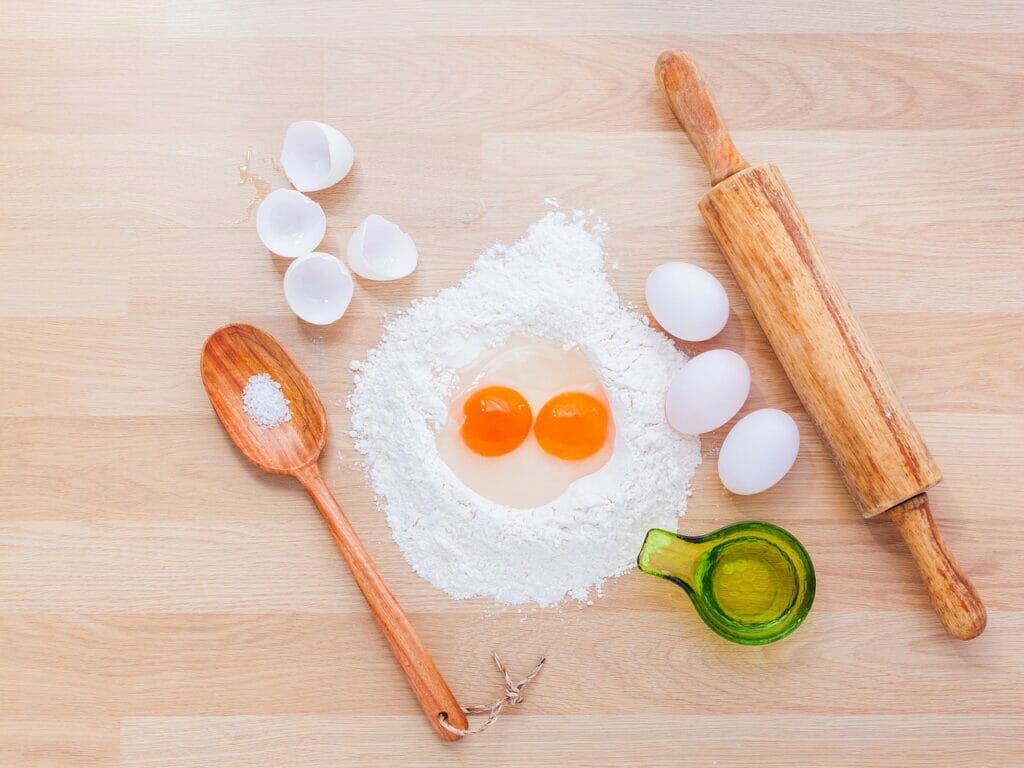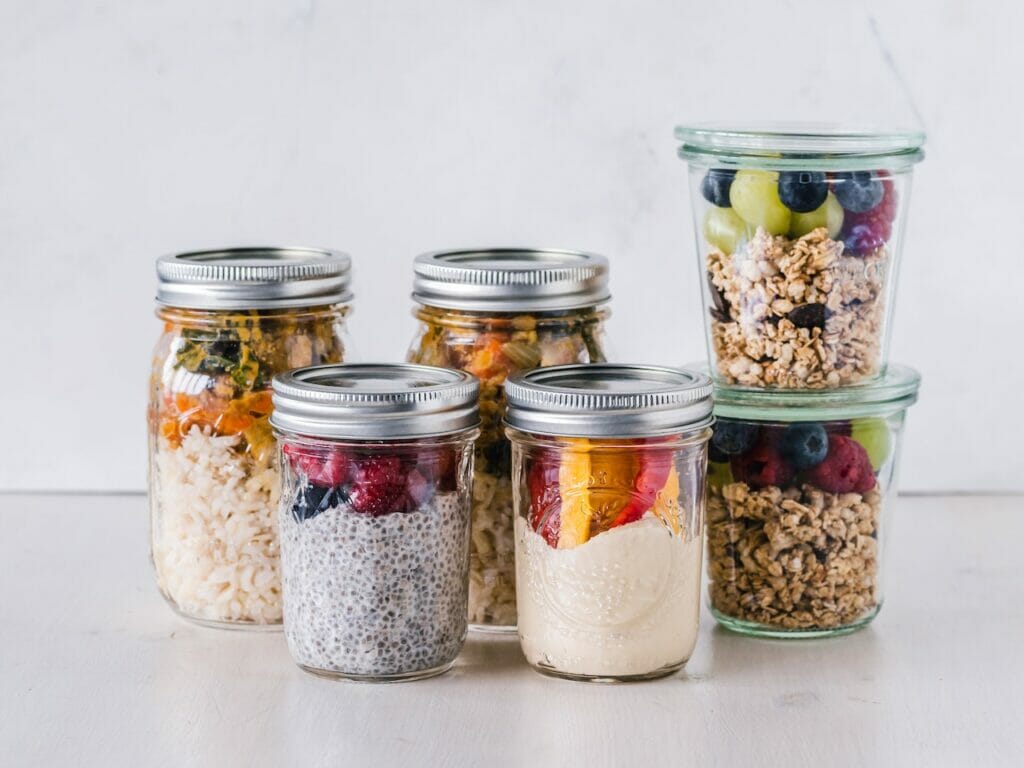Choosing the right knife is a crucial step in becoming a confident and competent cook. But in fact there are only 5 ultimate kitchen knives you’ll ever need in your life. With the right knife for the right ingredient, you will become a faster and more efficient in preparing your meals.
In this article, we’ll go over the types of knives you should have in your kitchen. There are many types of knives professional chefs use, but I will stick with the 5 most used ones that you must have. Here are the 5 ultimate kitchen knives you’ll ever need:
Investing in a good knife is a very important step for all cooks. The higher you go in price the better quality you will normally get, but there are always crazy companies that will try to sell you nonsense, so watch out and read below for my advice. It is important to pay attention to knife’s balance, grip, and hardness. To simplify knife’s price justification, I would say that usually cheaper knifes need to be sharpened more often than more expensive ones.
Remember you will use your knife every day and you will keep a good knife probably your entire life. So pick wisely 😉
1. Chef’s knife
A chef’s knife also known as a French knife, is a versatile tool that can be used for chopping, slicing, and dicing. This is a must have in your collection. It is very versatile in its usage and does the job in almost all the cases. Some prefer chef knives with irregularities or a “granton edge” on the blade. This way ingredients do not stick to the blade while cutting. However, the choice of granton edge knives is more limited.
2. Paring knife
A paring knife is a small knife with a pointed tip, perfect for peeling and coring fruits and vegetables. It is short and has a thin blade that is typically 3 to 4 inches long.
Paring knives are designed for precise, controlled cuts and are often used for tasks that require a high level of dexterity, such as peeling thin-skinned fruits like apples or pears, or removing the seeds from a bell pepper.
I mostly use it for more precision work with some of my vegetables. For example discarding the tomato or garlic stems or cutting mushrooms, that may be difficult to cut with a larger knife.
3. Filleting Knife
A filleting knife is a long, thin knife with a flexible blade that is designed specifically for removing the bones from a fish fillet. Fillet knives usually have a blade that is 6 to 12 inches long and are made of thin, flexible steel that allows them to easily slide between the skin and bones of the fish.
Its flexibility is a key in removing the skin from the fish, but filleting knife can also be used for other tasks like trimming meat or slicing delicate ingredients.
From traditional Japanese-style filleting knives to more modern options, you’ll find few choices to suit your needs and preferences.
4. Serrated Knife
A serrated knife, also known as a bread knife, is a type of knife with a saw-like edge that is used for slicing through soft or delicate foods. They are typically long and thin, with a blade that ranges in length from 8 to 10 inches. The serrated edge of the knife is made up of small, sharp teeth that help the knife slice through food without crushing or tearing it.
Serrated knives are often used for slicing bread, as the teeth on the blade help cut through the crusty exterior without squashing the soft interior. They are also useful for slicing through soft or delicate items like tomatoes, cakes, or pastries, as the teeth on the blade help prevent the food from being squashed or torn as it is cut.
5. Cleaver
A cleaver is a type of knife with a wide, rectangular blade that is used for chopping through tough ingredients like bones, meat, and hard vegetables. It is a heavy knife with a thick blade that is typically 6 to 8 inches long and is made of durable, high-carbon steel. The weight and strength of the blade allows it to easily chop through tough ingredients with minimal effort.
Cleavers are an essential tool for butchers and chefs, as they are well-suited for breaking down large cuts of meat or poultry. They are also useful for chopping through tough vegetables like squash or sweet potatoes, as well as for crushing garlic or ginger.
When using a cleaver, it’s important to follow proper safety guidelines to ensure that you don’t accidentally cut yourself. Be sure to keep your fingers tucked under and away from the blade as you chop, and use a steady, controlled motion to guide the blade through the ingredient. It’s also important to use a cutting board with a non-slip surface to help stabilize the ingredient and prevent it from slipping around as you chop.
Important knife qualities – 5 Ultimate Kitchen Knives You’ll Ever Need
When choosing a knife, I would pay attention in priority to the overall balance of the knife. It must feel natural in your hand. If it doesn’t, you are not the chosen one for that knife – the knife picks its master 😅
Additionally, a blade with a full tang (meaning the blade extends all the way through the handle) is generally considered to be more durable and well-balanced than a blade with a partial tang. The handle should be comfortable to hold and not too slippery.
Knife sharpening – 5 Ultimate Kitchen Knives You’ll Ever Need
You can also learn how to properly sharpen your knives, either using a sharpening stone or a honing rod. Personally I have one sharpener set, that includes 3 stones, and one honing rod for fine tuning.
I would usually sharpen my knives twice a month with the sharpener set and use the rod in between to fine tune and adjust the sharpness.
Knife storage – 5 Ultimate Kitchen Knives You’ll Ever Need
And don’t forget about proper knife storage! A knife block or a magnetic strip can help keep your knives organized and safe, while a knife roll or a knife case is a great option for storing your knives when you’re on the go.
I hope this article helped you to choose the 5 ultimate kitchen knives you’ll ever need in your life. I also advise you to check our article on 5 Simple Knife Cutting Techniques or 17 Cooking Methods You Need To Elevate Your Meals Now. They will help you complete first essential steps of learning how to become a better cook.
If you liked this article, then please follow EasyKitchen.me on Twitter, Facebook and Instagram for more news and tips on how to become a better cook.


